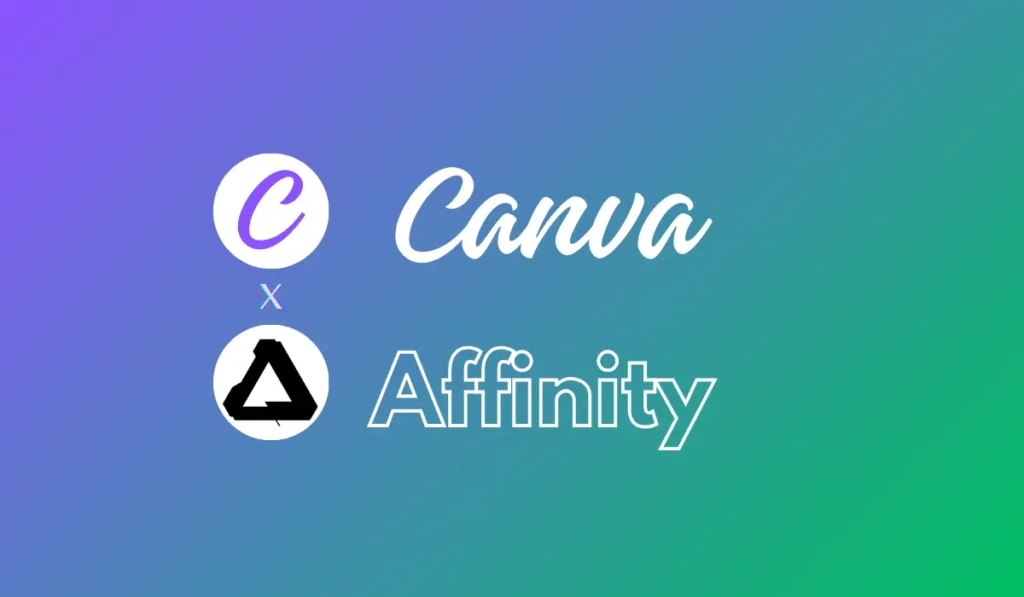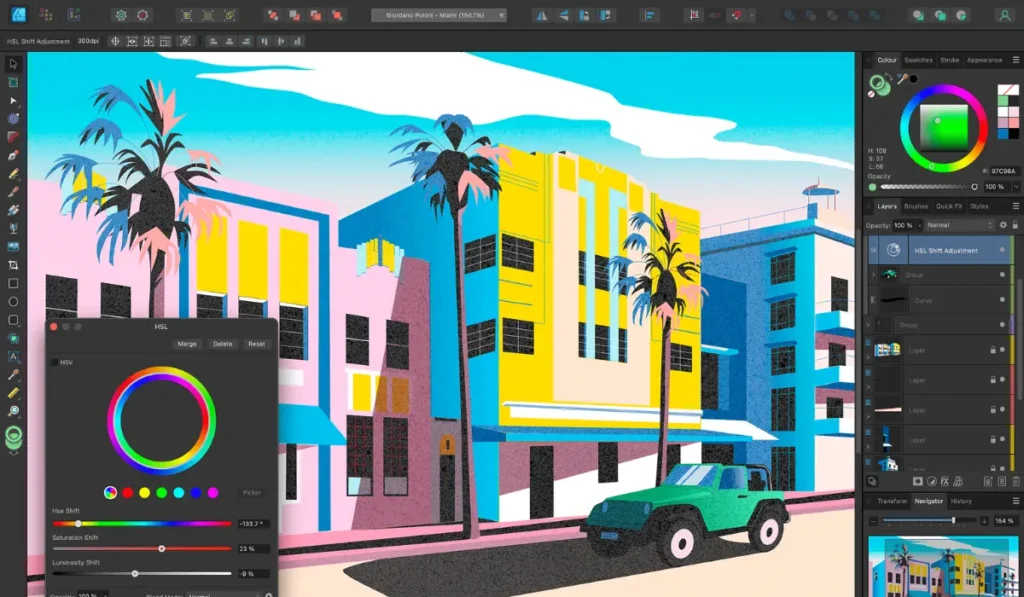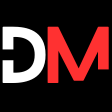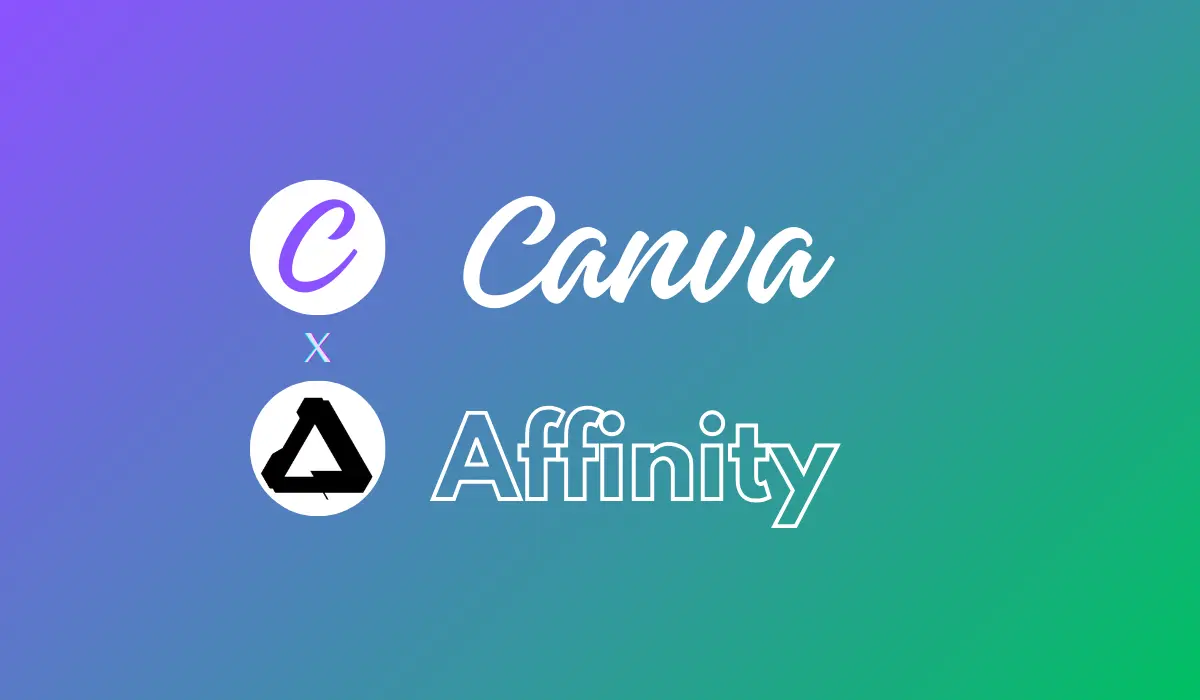Design Powerhouse Emerges: Canva Acquires Affinity to Challenge Adobe

The design software landscape just witnessed a seismic shift. In a move poised to disrupt the industry, Canva, the ubiquitous web-based design platform, announced the acquisition of the highly-regarded Affinity creative suite. This strategic acquisition, encompassing Affinity Designer, Photo, and Publisher applications, positions Canva as a formidable challenger to Adobe’s longstanding reign.
Financial details surrounding the deal remain under wraps, though industry publication Bloomberg estimates the value to be in the “several hundred million [British] pounds” range. This bold move by Canva signifies their intent to expand their user base and cater to a broader spectrum of creatives, particularly design professionals who may not have found their complete needs met by Canva’s existing offerings.
Canva’s Allure: Simplicity, Accessibility, and Freemium
Canva boasts a staggering 170 million active users globally as of January 2024. This massive user base likely represents individuals and businesses attracted to it’s user-friendly interface, extensive template library, and freemium model. However, catering to professional designers with advanced needs presented a challenge. Unlike Adobe, which offers a comprehensive suite of professional-grade design tools like Illustrator, Photoshop, and InDesign, Canva lacked its own design applications specifically targeted at this segment.
Affinity’s Edge: Powerful Tools at a Fixed Cost
The acquisition of Affinity strategically addresses this gap. Affinity applications, used by over three million users worldwide, deliver functionalities that rival those offered by Adobe’s industry-standard software. What truly sets Affinity apart, however, is its pricing structure. Unlike Adobe’s subscription-based model, which requires ongoing monthly payments, Affinity offers users a one-time purchase option – a major perk for creatives seeking to avoid recurring costs. This unique approach has fostered a loyal user base for Affinity, making them a valuable asset for Canva.
Preserving Identity, Fostering Integration
Canva co-founder Cameron Adams emphasizes that while some “lightweight integrations” are planned to enhance user experience, the Affinity applications will remain distinct entities from the main Canva platform. This focus on maintaining separate identities suggests a two-pronged strategy: appealing to both Canva’s existing user base, which thrives on the platform’s user-friendliness and accessibility, and attracting professional designers who value the powerful features of Affinity while seeking an alternative to the subscription model.

A New Era of Design Software Competition
The acquisition of Affinity grants Canva a significant advantage in the market. By combining Affinity’s talent pool with Canva’s own team, a powerhouse of design expertise is formed. This includes the 90 skilled professionals based in the UK who bring their in-depth knowledge of Affinity’s applications to the table. This expanded team will undoubtedly fuel further innovation and development across both Canva and Affinity products.
Furthermore, the acquisition strategically merges Canva’s established user base with Affinity’s loyal following. This creates a formidable design community that spans from casual users to design professionals. With this combined audience, Canva can cater to a wider range of design needs while strengthening its position in the industry. Additionally, Canva’s user-friendly interface acts as a welcoming entry point, while Affinity’s powerful tools provide the depth needed by professional designers. This unique combination has the potential to attract a significant portion of creatives seeking a cost-effective and user-friendly alternative to Adobe’s offerings.
A Turning Point for Design Creativity
The acquisition of Affinity marks a pivotal moment in the design software landscape. It sets the stage for a more competitive market, potentially leading to more user-friendly and cost-effective design solutions for creatives of all skill levels. This shift could empower a new generation of designers to unleash their creativity and contribute to the visual landscape in exciting ways.
A Broader Design Ecosystem
While the long-term implications of this acquisition remain to be seen, one thing is certain: the design software landscape is poised for a significant shift. With Canva now wielding the power of both user-friendly design tools and robust professional applications, the possibilities for creative expression have expanded considerably. This development could lead to a more vibrant and diverse design ecosystem, ultimately benefiting both designers and the audiences they serve.


